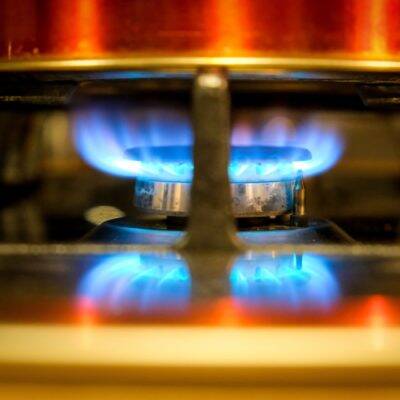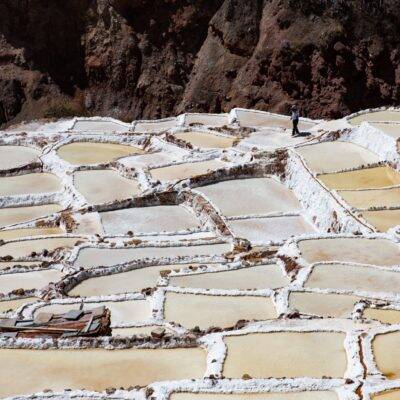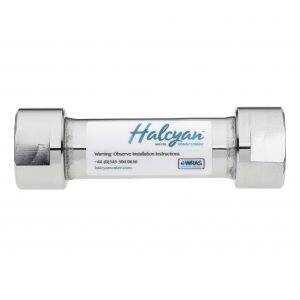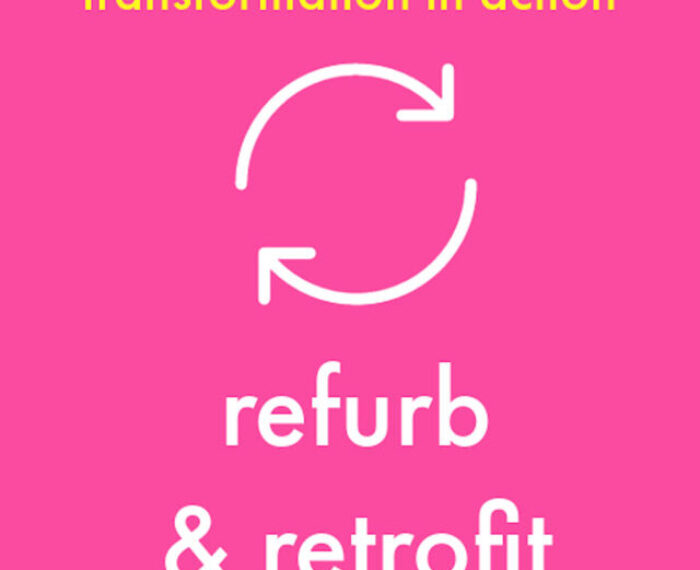Hard water is a frustrating fact of life for most of the UK. It damages expensive equipment, makes bathrooms and kitchens look grotty and unappealing and can even dry out skin and hair. But sadly there is another much more serious aspect of limescale which is not well known. From homeowners all the way to the head policy makers in government. That is the effect that limescale has on sustainability and the environment. Limescale doesn’t just damage heating elements over time but severely reduces their efficiency meaning more carbon released into the atmosphere every time you heat up your water.
In this article we’ll take a look at how limescale and hard water impact sustainability and the solutions to the problem.
How does Hard Water affect the Environment?
Hard Water impacts the environment in several ways, ranging from energy efficiency to waste.
Energy Efficiency
As mentioned above limescale reduces energy efficiency in appliances which heat water. But why? The answer is quite simple. Limescale is an insulator, so when a layer of limescale forms on a heating element it will absorb some of the heat output by the element. Meaning more energy is required to heat the same amount of water.
The Carbon Trust found that 1mm of limescale causes a 7% increase in the amount of energy required to heat the water. In hard water areas it is rare to have just 1mm of scale meaning the loss in energy efficiency can reach significant levels. This impacts not just your boiler but any appliance which heats water, including your washing machine and your dishwasher. If you then multiply the carbon released by one home across the areas serviced by hard water (over 60% of the country), the number is quite staggering. Calculations using data from BEIS 2018 report find that residential hard water production accounts for approximately 4% of the UK’s total carbon dioxide emissions. For such a mundane problem, limescale has an outsized impact!
One also can’t forget the same problem is also present in the commercial sector, there are numerous industrial and agricultural processes which rely on hot water to function. Just like British homes they are very likely to be in a hard water area.

Appliance Lifespan
So, limescale impacts the energy efficiency of appliance which produce with hot water. But this also goes one step further. As limescale builds up on heating elements the element is under much more stress needing more and more energy to function until it breaks.
We’re sure many of you have had a heating engineer or washing machine repair person come by and pull out a fully encrusted heating element. This is of course a great inconvenience and expense but it is also adds another burden onto the environment, in the form of wasted materials and further consumption of resources for a replacement. And limescale doesn’t just affect the heating elements, the hoses and drum of a washing machine can also be rendered unusable due to limescale build. As can showerheads, taps and other fixtures. In research done by the Water Quality Research Foundation it was found that low flow showerheads and taps would clog up with limescale within 7 days under stress testing.
Cleaning Products
Whilst the most significant environmental damage caused by limescale happens ‘behind the scenes’ the visible aspect has sustainability issues all of its own. Limescale once it has deposited on surfaces and fixtures can be incredibly stubborn. The deposits harden to the point where brute force is needed to dislodge them. To avoid this arduous task most turn to chemical descalers such as viakal. With several of these products there are concerns about how they may affect the environment when released into the water table. Without a doubt however the use of these products results in high levels of plastic waste along with carbon emitted from import and export.
How can the problem be addressed?
So it is clear that the limescale caused by hard water contributes to our carbon footprints. So how can this issue dealt with? There are several available methods which either prevent or reduce limescale. The most well-known are traditional water softeners with water conditioners as the widely used alternative.
Water Softeners
Water softeners function via a process known as ion exchange. In short they swap the hard water mineral ions in the water with sodium ions, thereby supplying the house with soft water. This process prevents almost all limescale build up in the system. In a major study on the effects of limescale the Water Quality Research Foundation found that softening water could yield a 14.8% reduction in the carbon footprint of a storage type gas water heater over a period of 15 years. In additional studies it was found that softening water allowed for use of lower temperatures and a reduction in detergent when washing clothes.
Water Conditioners
Water conditioners use a variety of different methodologies. The unifying feature is that unlike traditional salt-based systems they do not remove the hard minerals from the water, but instead alter the way those minerals behave thus reducing or preventing the formation of limescale. Because of the wide variety of different systems and varying effectiveness of those systems it isn’t possible to come up with a general overview of how well water conditioners reduce a homes environmental impact. For Halcyan we commissioned a calculation of potential carbon savings. This found that by fitting a Halcyan the average UK household could decrease its carbon footprint by 14%. The other advantage of a system like Halcyan is that it is entirely passive and requires no maintenance or replacement throughout its lifespan.
Environmental Problems with the Solutions
So both water softeners and water conditioners will help significantly reduce the carbon footprint of you appliances. They also lower the burden on other areas in the system such as cleaning materials. But are there any environmental problems caused by using these systems?
Water Softeners
Whilst water softeners do a great job dealing with limescale they are not without their problems. The biggest issue is the use of salt. Water softeners rely on a steady supply of salt to function. Acquiring this salt will of course add to the carbon footprint of the device. Not only that but during the water softener’s regeneration process the left-over sodium chloride is released into the water ways. In high quantities this can have severe environmental impacts. In some U.S states water softeners are banned or heavily regulated for this reason. The regeneration process also uses up more water than normal, with older models able to use an additional 25 gallons of water per day.
So while water softeners may excel in dealing with the limescale problem, they are by no means a perfect solution and can be environmentally detrimental in other ways.
Water Conditioners
Again, due to the diverse methodologies employed by conditioners the environmental downsides can vary. TAC systems , for example use a resin media in their process. This needs to be disposed of and replaced once used up. Systems like Aquabion and Halcyan add to their carbon footprint through mining for the metals used in their alloys and outer casings. For the most part however water conditioners have few additional environmental impacts when compared to traditional salt-based systems.

Final Thoughts
Hopefully this article has provided some food for thought on how hard water impacts the environment and provided you with useful information in choosing how to tackle this problem effectively. We’ve linked several more detailed articles throughout this post so make sure not to miss those. If you’d like to know more about how Halcyan can help to tackle the limescale in your home please click the button below!




